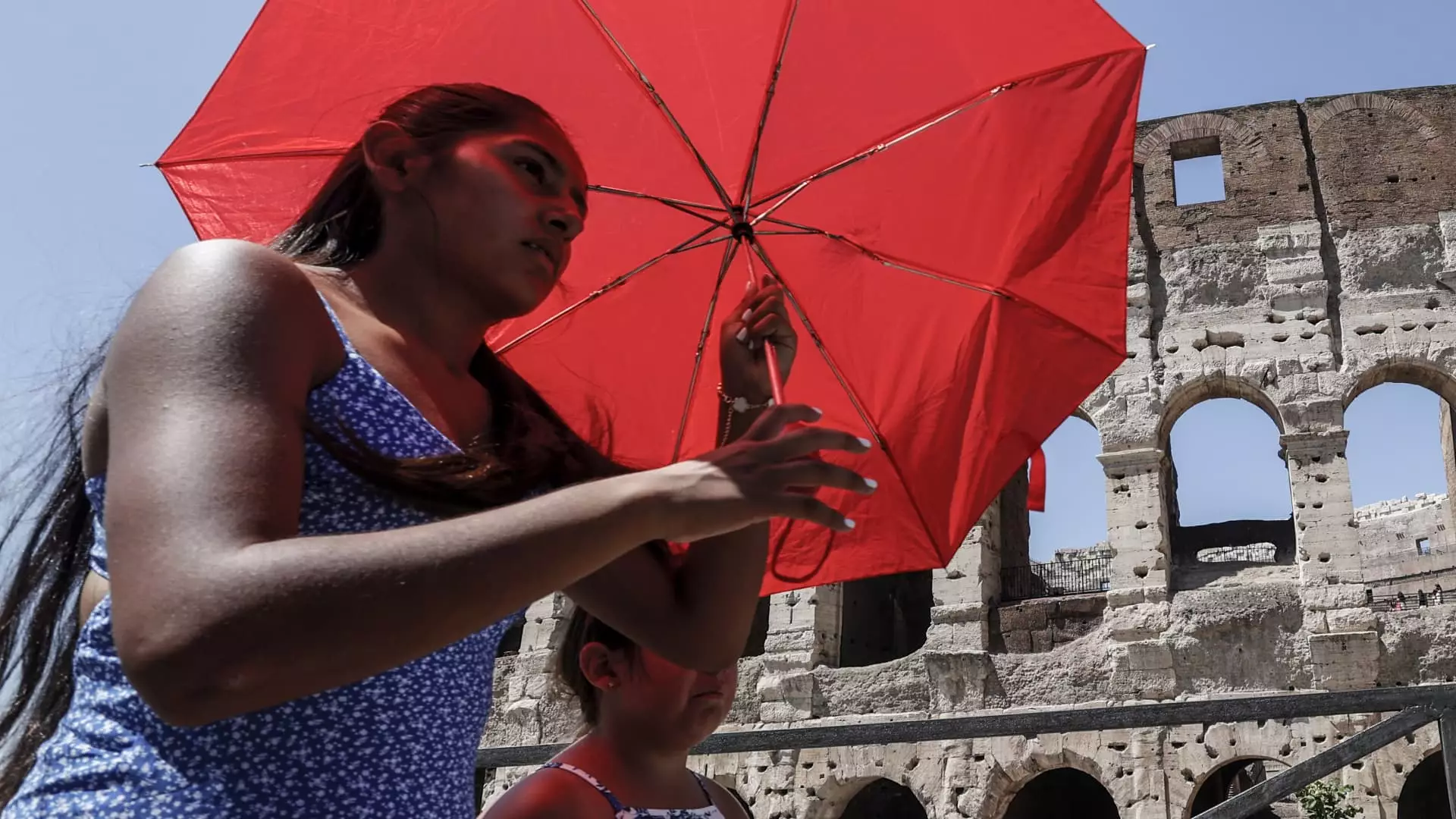In recent years, the typical influx of tourists to Europe during the sweltering summer months has begun to decline. As unnaturally high temperatures persist, many travelers are opting to postpone their European vacations to the cooler, often less congested shoulder months of early Autumn. According to Glen Hauenstein, president of Delta Air Lines, a noticeable shift in vacation planning is taking place as jetsetters seek out greater comfort and a more enjoyable experience away from the sweltering heat of popular destinations.
In the face of harsh climate records, including a particularly scorching summer in the Northern Hemisphere, statistics from the European Union’s climate monitor highlight this shift. Instead of flocking to hot tourist hotspots in July and August, tourists are increasingly booking trips for September and October. This trend is more than a simple response to uncomfortable temperatures; it reflects a broader cultural shift whereby travelers prioritize experiences that blend favorable weather with lesser crowds.
Airlines are taking note of this pivot in consumer behavior and adapting their strategies accordingly. United Airlines has extended its transatlantic schedule to accommodate these changes, actively promoting European routes starting as early as March and extending through late October and November. Patrick Quayle, the airline’s senior vice president of global network planning and alliances, notes that this pattern is indicative of a changing perception of value. By traveling in these off-peak periods, tourists can enjoy both better prices and an overall enhanced experience.
The change is not merely restricted to leisure travelers. While corporate travel has shown limited variation in activity year-over-year, there is a clear trend toward shifting European business trips as well. Companies are recognizing the benefits of maintaining travel schedules that align with more temperate weather and reduced congestion—factors that contribute to overall trip productivity.
The implications of these trends can be felt widely across the tourism sector. Tourist destinations that traditionally relied on high summer traffic may need to rethink their marketing and operational strategies. Strategies promoting the allure of off-peak months could provide much-needed relief for businesses that face summer congestion. This reconfiguration may also foster an environment where travelers can immerse themselves more deeply in local cultures, avoiding the frenetic pace often associated with peak tourist times.
As airlines extend their offerings, they may not only cater to changing consumer preferences but also potentially foster a more sustainable approach to tourism. A balanced flow of tourists throughout the year may alleviate some of the environmental stressors associated with mass tourism, such as overcrowding and resource depletion.
The transition from summer to shoulder season travel showcases a significant evolution in tourist behavior, spurred by rising temperatures and a growing awareness of the benefits of off-peak vacations. As this trend solidifies, both the travel industry and the destinations themselves will need to adapt to a new reality, one that prioritizes comfort and conscious exploration over the traditional summer rush.


Leave a Reply